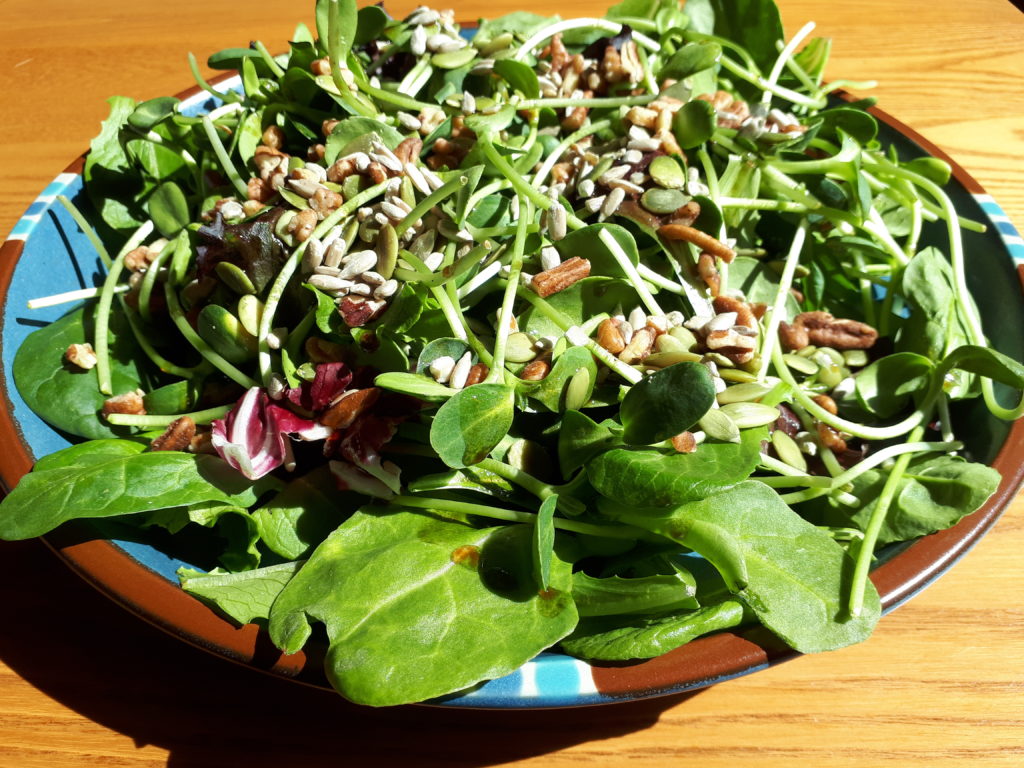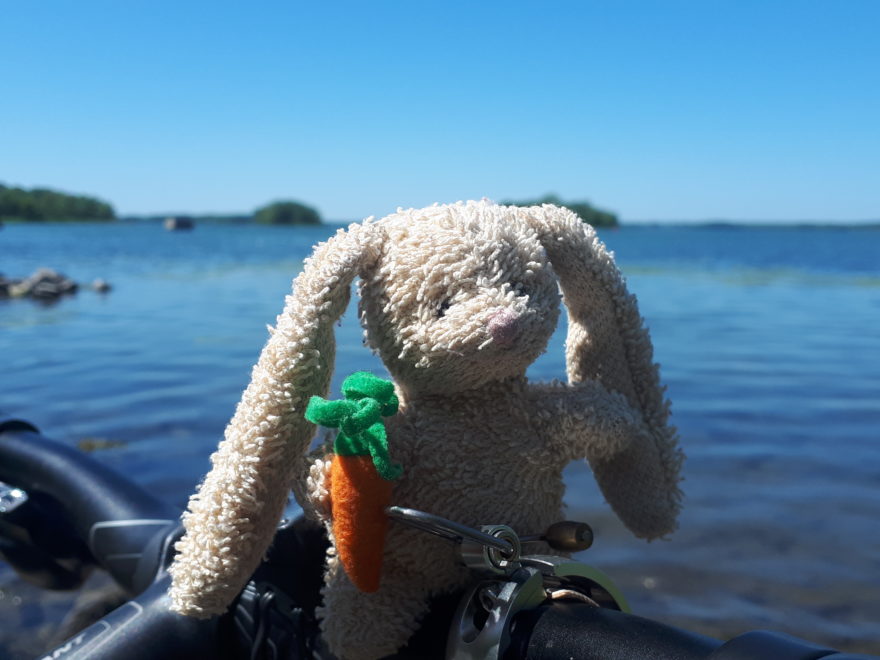This month is Pain Awareness Month around the globe, coordinated by the International Association for the Study of Pain (IASP). The special theme for this year is “My Pain Plan”, and:
“focuses on the vital importance of an individualized, multidisciplinary, multimodal approach to pain care…
share your plan to help advance multidisciplinary pain management, or share your pain care plan.”(1)
In keeping with the theme of “My Pain Plan”, this post will be a quick overview of what I consider the most important aspects of my own pain management plan.
First off, there’s phenomenal support of my loved ones; my family and friends, and particularly my absolutely wonderful husband. Without all of them, I definitely wouldn’t be very doing well at all.
Next up is the fantastic team at the multidisciplinary pain management unit, the pain clinic for all the McGill University Health Centres (MUHC) here in Montreal. Not only have they tried just about treatment imaginable in the hopes of reining in the symptoms of my Complex Regional Pain Syndrome (CRPS), they’ve also provided me with an astounding level of support.
This university-hospital pain clinic has also given me the opportunity to present to medical students about my experiences as a chronic pain patient. This is important to me, because I’ve been trying to raise awareness of chronic pain – and CRPS – since I was diagnosed with this rare disease in 2016.
I’ve found that one of the best ways to do this is to get the youngest generation of medical students and researchers interested in studying chronic pain.
The next important part of my pain plan is the medication plan that this pain clinic has created for me. Because each patient with CRPS may have a different set of symptoms, we each react differently to medications; this means it often takes quite a bit of trial and error to find therapies that are effective… if any work at all.
Exercise is another crucial facet of my disease management plan, not only for pain management but also for my overall well-being. Surprisingly, my CRPS-related mild cognitive impairment (MCI) is often a bit less noticeable in the hour or so following strenuous aerobic – or cardio – exercise.
It also helps my well-being that most of my exercise is outdoors, because being close to nature has always made me feel ‘better’. I’ve always loved outdoor sports, like cycling, which is my main physical activity unless there’s snow or ice on the ground here; more or less from December through March or April.
For an hour or two after each good ride (35-50 km), my neuropathic pain levels are generally a bit lower, and my different joint pains sometime go down a notch as well. Best of all, after a strenuous aerobic/cardio workout my MCI sometimes lessens enough – temporarily – that and I concentrate enough to read a book again.
That seems like such a little thing, I know, but I so miss being able to just pick up a book whenever I want to! Whenever I was feeling stressed, or discouraged, or anything was getting me down, I’d dive into a book. Now, though, I can’t do that most of the time because of my cognitive issues.
Another part of my pain and disease management plan is that I try to eat mostly an anti-inflammatory diet. Primarily plant-based and whole foods, prepared at home to avoid additives and preservatives like monosodium glutamate (MSG).
For some examples of this healthier way of eating that I’ve created for myself, this is what I m made for Sunday brunch today:
- Vegan banana-berry bread, made with spelt flour and rolled oats
- Buttermilk-bran muffins with pecans and raisins (obviously not vegan!)
- Vegan chocolate chia seed pudding (because my diet just has to include some dark chocolate!)
- Slivers of fresh veggies from my tiny little vegetable garden, including the last of the golden beets for the season
- Salad with fresh greens, from a farmer’s market to which I rode my bike yesterday, topped with walnuts, pumpkin seeds, sunflower seeds, and my ‘secret’ dressing; maple syrup, balsamic vinegar, and olive oil

Finally, my ‘pain plan’ includes lots of humour. That includes my little CRPS and chronic pain awareness buddy, Max; a tiny stuffed rabbit toy that fits perfectly into the pocket of my cycling jerseys (biking tops). He carries his own snack with him, an orange carrot, and orange just happens to be the awareness colour for CRPS.
Max is a great conversation starter, and a good way to get people interested in CRPS; for example when I’m posing him for a photo on my bike, in a popular rest area for cyclists! He’s also gotten really good at giving physically distant hugs on social media – because he always looks like he’s giving you a hug in his photos ‘-)
If you’re active over on Instagram or Twitter, you can read about other people’s pain plans, for a variety of chronic pain conditions, using the hashtag #MyPainPlan.
As always, thanks so much for stopping by the blog! Stay safe, keep well, and feel free to drop me a line over on Twitter or Instagram. Oh, and if you’re in Canada or the US, happy Labour Day weekend!
References
(1) International Association for the Study of Pain (IASP). Pain Awareness Month. Website. Undated. Online:
https://www.iasp-pain.org/pain-awareness-month#:~:text=Help%20IASP%20raise%20public%20awareness,of%20September%20(and%20beyond).

